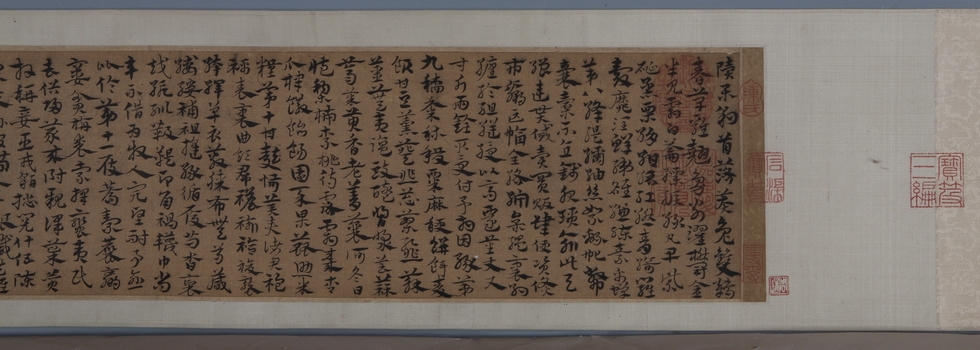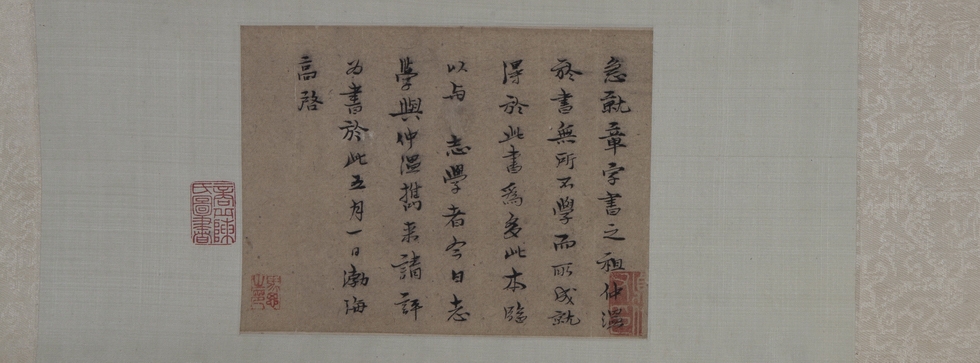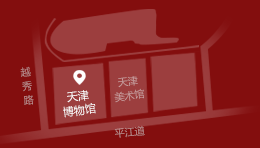明 宋克 章草急就章卷
明洪武二十年(1387)
纸本
纵13.8厘米 横232.7厘米
《急就章》在唐代以前称为《急就篇》,是汉代一种启蒙读物,相传是西汉元帝时的黄门令史游所作,因草创之意,谓之“草书”或称“章草”。书写上比隶书便捷,其笔画仍有隶书特点,且每字独立不连写,广泛流行于东汉。宋克此卷《急就章》行笔劲健而气韵恬合,章法严密,首尾气势相连,顾盼生辉。笔画中的波脚与瘦劲的点画形成对比,特别是字里行间的穿插争让,给人一种律动感。署款“洪武丁卯”,即洪武二十年(1387),为作者61岁时所书。
宋克(1327—1387),字仲温,长洲(今江苏苏州)人。其书法得钟繇、王羲之法,气韵隽秀,尤以章草与小楷著称。
The Hurried Passage, segmented cursive script
Song Ke(1327-1387)
Ming dynasty, 20th year of the Hongwu period(1387)
Hand scroll, ink on paper
Height 13.8cm, Width 232.7cm
The Hurried Passage, known as The Hurried Essay prior to the Tang dynasty, is a Han dynasty reading primer. It was purportedly written by Shi You, Commander of the Yellow Gate during the Yuandi period of the Western Han dynasty. Given the cursive quality to its rendering, it has been referred to as cursive script and segmented cursive script. Though its execution is more dexterous than clerical script it retains certain characteristics of clerical script brushwork. Moreover, each character stands independently of the next. This style of script was widely popular during the Eastern Han dynasty. In this hand scroll of The Hurried Passage the movements of Song Ke’s brush are powerful yet tranquil, and he is meticulous in keeping the characters separate. There is a consistent atmosphere of considered splendour at the beginning and end of the scroll. The forms of the wavelike dots are constrasted with the thin yet powerful strokes. The strokes alternately vie for and open up space within the characters, as do the characters within the columns, giving the viewer a sense of regulated dynamism. The signature inscription dates the work to the dingmao year of the hongwu Period, referring to 1387, the 20th year of the Hongwu period, when the calligrapher was 61 years of age.
Song Ke had the style name Zhong Wen. He was a native of Changzhou(modern day Suzhou in Jiangsu Province). The elegant mood of his calligraphy was influenced by Zhong Yao and Wang Xizhi. Song was famous for his excellent segmented cursive script and small regular script.








 电话:022-83883000
电话:022-83883000 传真:022-83883088
传真:022-83883088 地址:天津市河西区平江道62号
地址:天津市河西区平江道62号